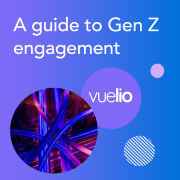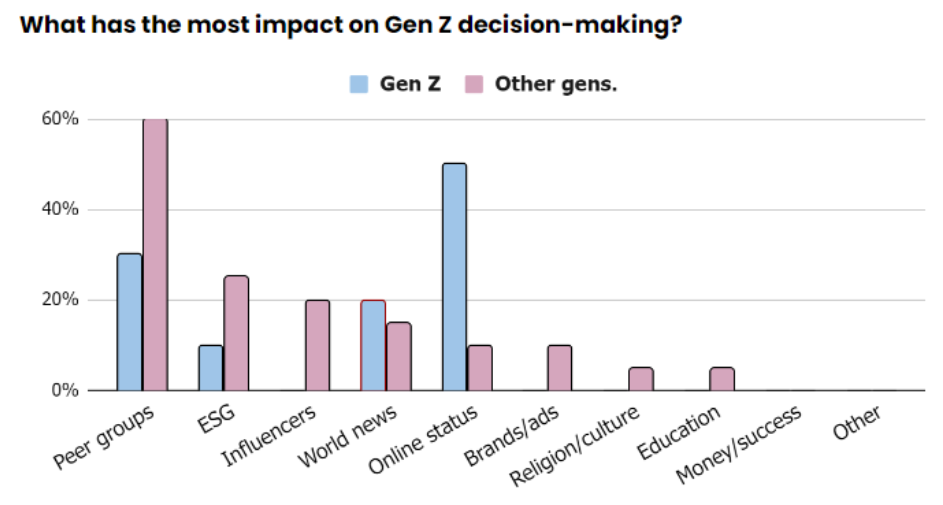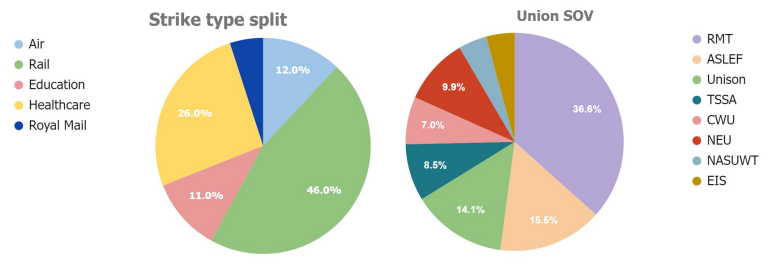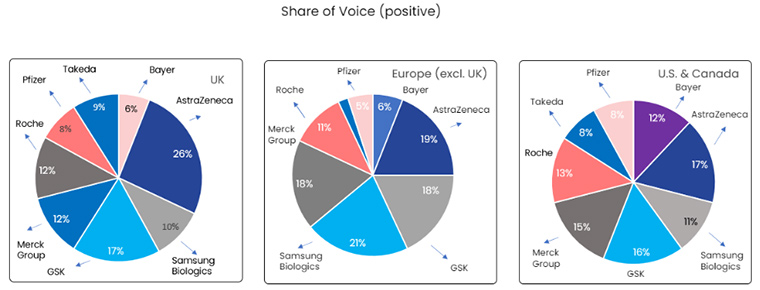Brand personality – isn’t that just the realm of the marketing team?
Successful communications strategy means creating campaigns that resonate, build reliability, and even likeability – and that’s the role of PR.
A strong brand personality can really help with the day-to-day – after all, how will your messaging land if you don’t really know your brand, and yourself, you know?
But before booking in couples counselling for you and your brand, here is expertise from PRs pros who know how to pack personality into every campaign…
Brainstorm: What is your brand – and your team – all about?
Before you start building a brand personality, you’ll need to figure out what the brand you’re working on actually IS. What does the company stand for, what is it for, what is it offering to your audience? The team behind the brand is worth considering – after all, everyone is on the team for a reason:
‘A great starting point is to get the team of internal stakeholders together and brainstorm who they are and what they stand for,’ advises Pace Communications client director Caroline Anson. ‘The team behind the business needs to breathe the values and persona of the business, so it helps if they are integral to creating them.
‘Ask questions about why they do what they do, how they are different from everyone else, what style is their output, etc. – this will soon start to create a picture of personality type.’
Learn from the best: which brand personalities draw you in?
‘Once you’ve got some thoughts about yourself on paper, it’s time to look outward,’ says Malineo Makamane, digital PR specialist at Sweet Digital.
Figuring out what you and your team like about established brands is another way to uncover aspects of your own brand’s core traits:
‘Study those you admire and write down their defining characteristics,’ adds Malineo. ‘Reverse-engineer the things that make these brands special, and figure out how to put your own personal twist on it.’
Know thyself: If your brand was a person, who would they be?
Considering a company’s traits alone can lead to something cold and robotic. Choosing human traits is how you get to an engaging personality (and, in turn, engage your team or clients in the journey, too).
For Nicholine Hayward, brand strategy director at Teamspirit, clients must be involved in the workshopping process from the start:
‘Take them through a series of exercises to uncover the ‘human’ attributes of their brand, for example, projective exercises – if the brand was a famous sportsperson, a figure from history, a politician, etc. Which causes would they champion? What would they be like to work with? How would they deal with success or failure? It’s also looking at the archetypes – which of the 12 do they feel best reflects their brand and why?’
The basics: ‘Which three words describe you?’
Still not sure where to start? Begin with adjectives. Think of the age-old interview or first date question – which words would you use to describe yourself, or in this case, the brand?
‘Ask your team (or even the wider business) to choose adjectives they associate with your company’s public face – for example, at DivideBuy we are “authentic” and “empathetic’,” says senior content and PR manager Heather Wilkinson.
‘This will give you a strong foundation on which you can build your comms personality.’
If you’re working with a client that doesn’t know what their brand story is yet, dig deep and listen, says Mia Hodgkinson, head of consumer PR at Sway PR:
‘Our role as PR professionals is to dig deep into their story and find those nuggets of information that are PR gold dust.
‘This could be anything from the reason for the company’s inception, the stories of the people behind it, the processes they use or even just their vision.
‘Active listening is essential. This means focusing on what the client is saying and also not saying in order to understand what they are hoping to achieve as a brand. It’s amazing how many clients don’t realise their PR potential until they start talking to an agency. Once a client has established their brand identity they can engage better with their audience, attract new audiences and we can get the best level of media coverage for them.’
What definitely isn’t part of the brand’s personality?
‘The most successful brand personalities are rooted in the business culture. You can’t pretend to be something you aren’t,’ says Susannah Morgan, deputy MD at Energy PR.
‘Getting your culture clear and codified is important. Then you can define what that looks like in terms of behaviour – what you do and don’t do, what you do and don’t say. Your personality should become clear from that process.
The ideal: Who do you want to engage with your brand?
Once you know your brand’s core values, it’s time to figure out who your ideal audience is.
For Brand Building Co., this makes for a much deeper connection and loyalty long-term:
‘The goal here is to connect with consumers in a deeper way, give them access to a more memorable and brand values-driven story that differentiates a brand from their competitors,’ explains founder and director Rachel Humphrey.
‘Look at the brand’s target customer or customer profile, if there is one. If they haven’t defined this yet, then we work with our clients to refine it through workshops and strategy sessions. We then get under the skin of this customer, looking at the psychographic piece. This is looking at what the customer consumes, from media to other brands, their stage of life, their general lifestyle. Once this area is clearer, we then look to produce PR plans that will align and meet this customer – through relevant copy, the target media we work with and the themes and angles we integrate into our plans.
‘We also align this vision with the business goals. To really tighten the strategy to ensure it is meeting the brands goals commercially too’.
Understand your audience: Will they actually like this personality?
Compatibility is as important in consumer and brand relationships as it is in human relationships.
‘It sounds simple, but understanding who a company wants to speak to and how they want to be perceived by those people, is critical,’ says Laura Price, partner at Pagefield.
‘Companies should research and understand their target audience’s demographics, psychographics, preferences, and needs. This knowledge will help shape the brand personality to resonate with the audience effectively.’
If your audience really, really like you, they’ll be with you for the long-haul:
‘Work out who your audience is, what they would react positively to and how your brand personality can resonate with them and turn them into brand advocates,’ says Fizzbox’s head of marketing Tom Bourlet.
Finding your voice: What is the right tone?
‘Having established audiences and values, companies should think about brand archetypes – based on common human characteristics – which will help define the brand’s character and personality,’ believes Pagefield’s Laura Price.
‘This will then help shape the tone of voice, the style of public content and the way in which the company is talked about.’
Authenticity is key, here – forcing a ‘fun’ personality on a decidedly unfun service or company, for example, isn’t going to cut it:
‘A brand cannot just bootstrap itself personality overnight, it will come off as inauthentic, and audiences are just too smart and too savvy not to notice,’ advises Rosser Jones, head of PR at Unlimit.
‘When a company is searching for a tone of voice and looking to inject some personality into its communications, it needs to ask itself important questions, like: Who are we? What are our values? Do we have a unique perspective? What do we want to be, and to whom do we want to matter? The search for a company’s personality starts with some introspection.’
Be bold… but just how bold should you be?
Going viral with a ballsy brand personality might be tempting. Being bold with responses on social media to the public, and even calling other brands out, has worked for Wendy’s, Lidl, and Tesco Mobile, for example. But hold back before you build in too much sass…
‘It’s no surprise that in today’s competitive marketplace, brands are looking to stand out from the crowd,’ says Sophie Baillie, associate director, head of client services at Conscious Communications.
‘But, reward doesn’t come without risk and brand should always be memorable for the right reason.
‘Being bold can undoubtedly generate buzz but there is something equally admirable when brands exercise caution and reliability. Not all brands should be disrupters. It’s the brands that strike a balance between bold campaigns and vigilance that will stand the test of time, who will continue to effectively engage with their target audiences while avoiding alienation and reputational risk. Through careful evaluation of the market and of the potential impact of marketing decisions, brands can navigate the fine line between risk and reward to achieve long-term success.’
Considered Content founder Jason Ball adds: ‘Trying to make a conservative accountancy practice into the life-and-soul of the party when it’s not will never work. On the flip side, if the firm is that extroverted in the real world, this could be a major source of differentiation’.
Assemble your assets: What does your team need?
A team of one with a clear idea of what a brand’s core traits are can create comms across all platforms, all in-line with the personality. A team with multiple people is going to find it harder (despite the greater resource) if there are no shared guidelines.
Tank’s head of PR Martyn Gettings advises getting assets – from tone of voice guides, to image banks, even glossaries – assembled early on:
‘Our PR team takes the brand identity and refines the key messages we want to resonate across all of our comms. Creating these messaging documents in workshop-style sessions also helps to engage key decision makers with the PR process and ensure everyone is on the same page before we start speaking to journalists and other external audiences.’
Keep consistent: Do your comms back up your brand identity?
Brands can – and should – evolve with the changing times – people change, and so should brand personalities. But change things up too much, too quickly, and you risk losing consumers who have previously been devoted to you.
‘Communication and personality needs to be consistent, from web content to social posts and emails out, so everyone in the company needs to be in-tune with each other and the brand communication methods,’ says Tom Bourlet at Fizzbox.
Rebellion Marketing founder Jade Arnell agrees: ‘Consistency is key, so ensure your personality shines through in all communication channels. From marketing materials to customer interactions, let your brand’s personality take the spotlight. And remember, as your company evolves, keep refining and adapting your personality to stay relevant and captivating.’
Keeping in touch: Are you giving your audience enough attention?
Making a strong first impression and then disappearing isn’t going to do your brand any favours. Back up your personality by communicating across channels, regularly, says Impression’s head of digital PR Damian Summers:
‘Creating a rounded brand personality requires multiple channels all working in tandem to communicate the same themes and messaging. From a PR point-of-view specifically, it’s important that there’s consistency across all comms and messaging.
‘PR and comms teams should ensure they have a dedicated spokesperson, someone that can build authority, expertise and trust among customers, and the industry.
‘An authentic brand personality through PR is formed over time and comes naturally through consistency and expertise.’
Sign up for the upcoming Vuelio white paper ‘Stand out from the crowd: A guide to personality-packed PR’ for more on brand personality, and watch our webinar ‘How to build a reliable reputation in the press’ for original research from Vuelio Insights.
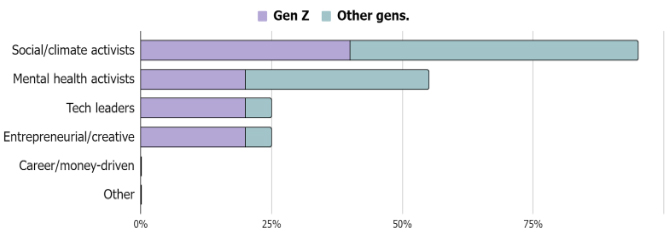
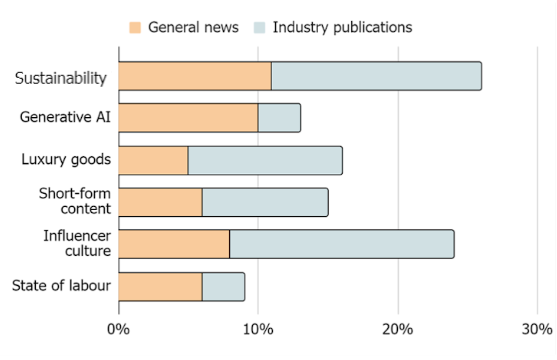
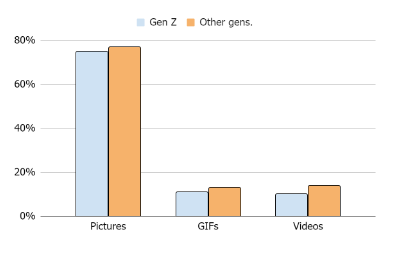



 B Corp, for business, is what Fair Trade is to coffee. It means we are part of a group of change-makers committed to doing better and supporting a range of environmental and social issues. It goes beyond the idea of being ‘green’ or ‘eco’ and is about being transparent in your business – doing things the right way. Most importantly, this process has been independently verified by a dedicated team of analysts, so it’s not just something we have claimed ourselves, rather, something we have genuinely earnt off our own merit.
B Corp, for business, is what Fair Trade is to coffee. It means we are part of a group of change-makers committed to doing better and supporting a range of environmental and social issues. It goes beyond the idea of being ‘green’ or ‘eco’ and is about being transparent in your business – doing things the right way. Most importantly, this process has been independently verified by a dedicated team of analysts, so it’s not just something we have claimed ourselves, rather, something we have genuinely earnt off our own merit.


